Reportar esta entrada
Más sobre la misma comunidad-colección
Tender Care nurse with patient El Paso Texas May 2022
Tender Care nurse with patient El Paso Texas May 2022
Loretto Academy, Alumnae Class of '82 El Paso, Texas May 2022
Loretto Academy, Alumnae Class of '82 El Paso, Texas May 2022
Loretto Academy, Alumnae Class of '82 El Paso, Texas May 2022
Loretto Academy, Alumnae Class of '82 El Paso, Texas May 2022
Loretto Academy, Alumnae Class of '82 El Paso, Texas May 2022
Loretto Academy, Alumnae Class of '82 El Paso, Texas May 2022
Loretto Academy, Alumnae Class of '82 El Paso, Texas May 2022
Loretto Academy, Alumnae Class of '82 El Paso, Texas May 2022
Display at Class Reunion for Loretto Academy Class of '82, El Paso, TX 2022
Display at Class Reunion for Loretto Academy Class of '82, El ...
League of Women Voters of El Paso, Texas annual meeting May 2022
League of Women Voters of El Paso, Texas annual meeting May 2022
Alum at the El Convento Patio, Loretto Academy May 2022
Alum at the El Convento Patio, Loretto Academy May 2022
Loretto Academy retirement reception, Sister Buffy and family, May 2022
Loretto Academy retirement reception, Sister Buffy and family, ...
Alumnae of Loretto, Academy patio reception May 2022
Alumnae of Loretto, Academy patio reception May 2022
Marriage Certificate of Angela Bustillos and Jose Bernal
Marriage Certificate of Angela Bustillos and Jose Bernal. ...
Black & Chicanx Community Table: Community Recipes
Shared recipes from community members and attendees of the Black ...
Black & Chicanx Community Table: Community Recipes
Featured Recipe: Tacos Dorados con Rajas y Costra de Queso by ...

















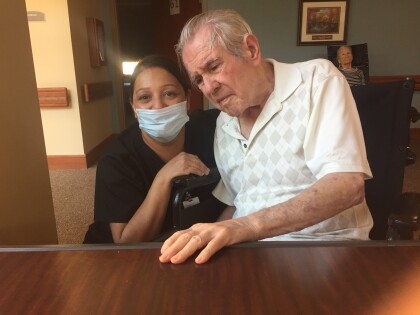
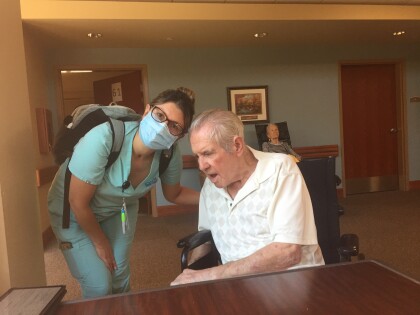
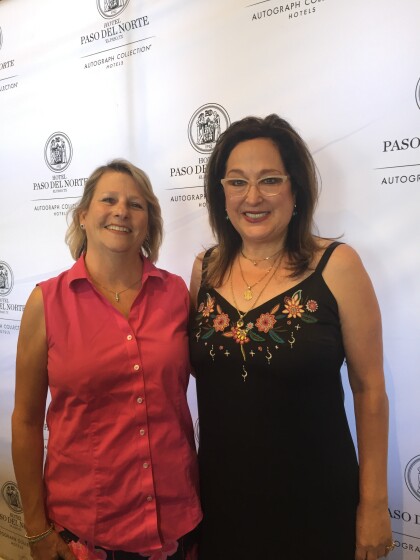

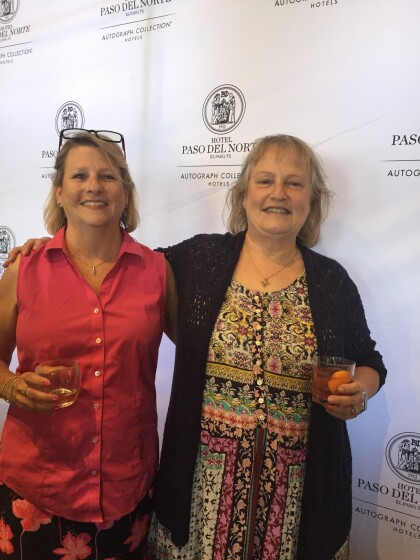
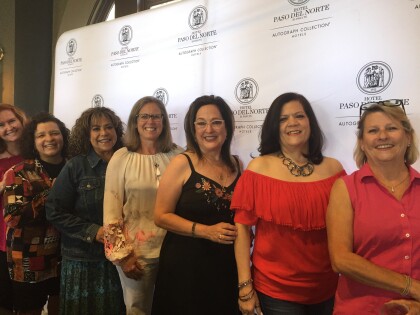
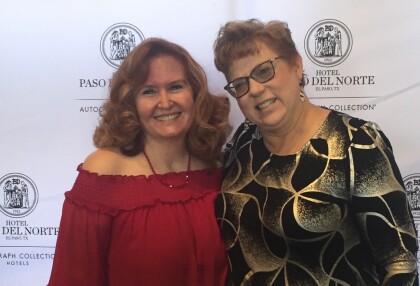
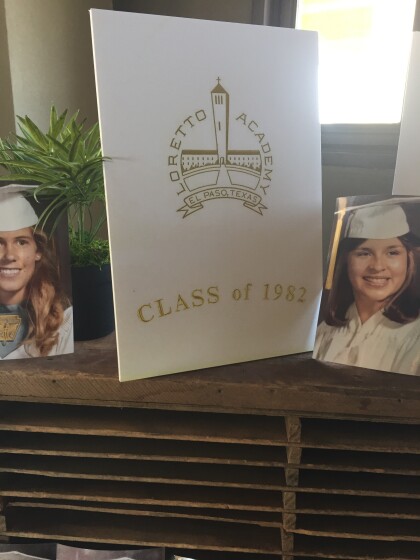
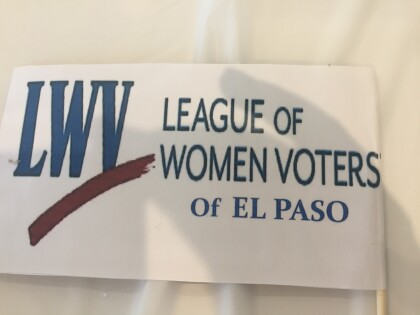
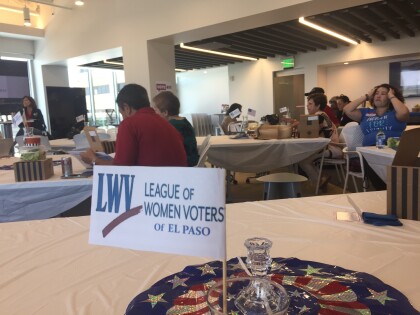
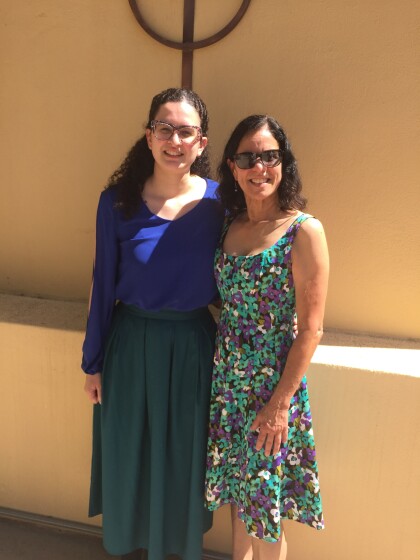
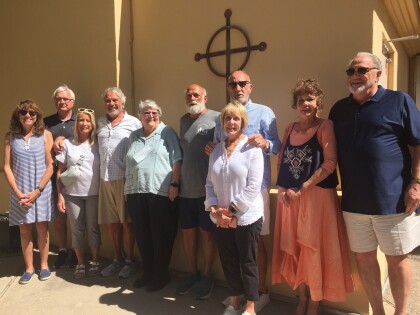
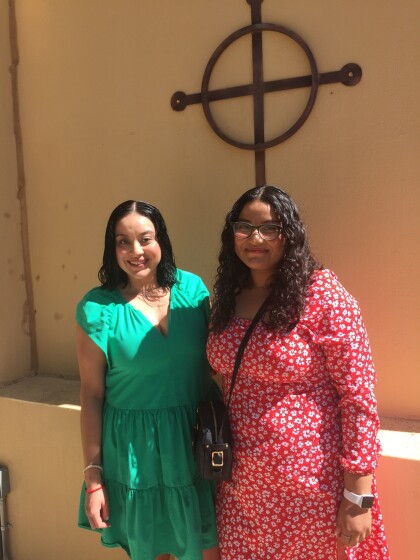
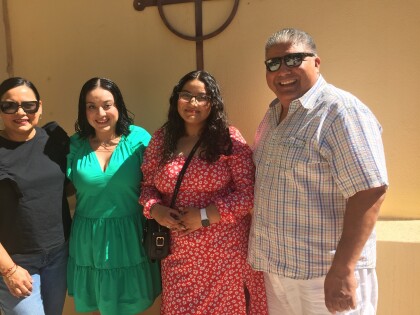
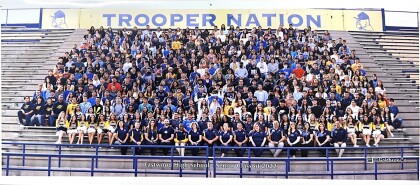
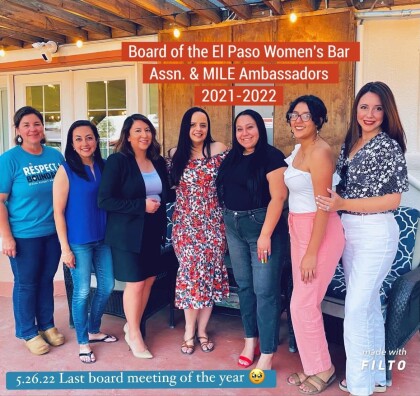
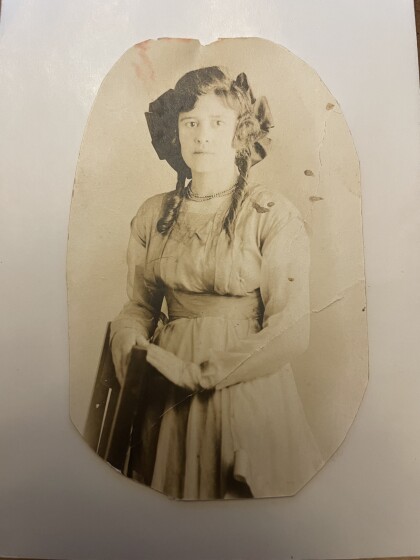
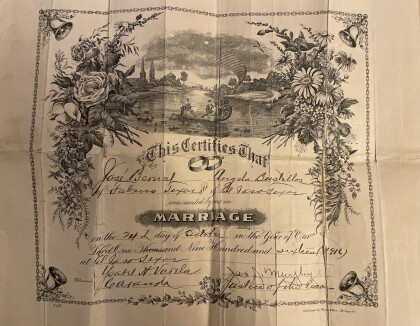
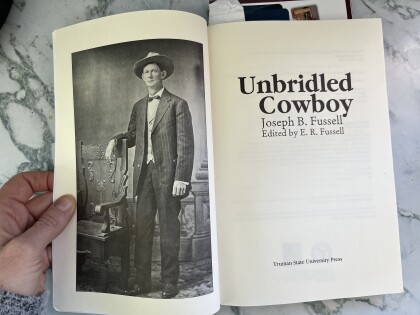
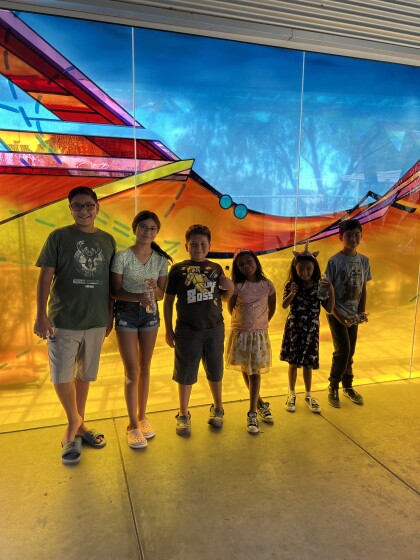
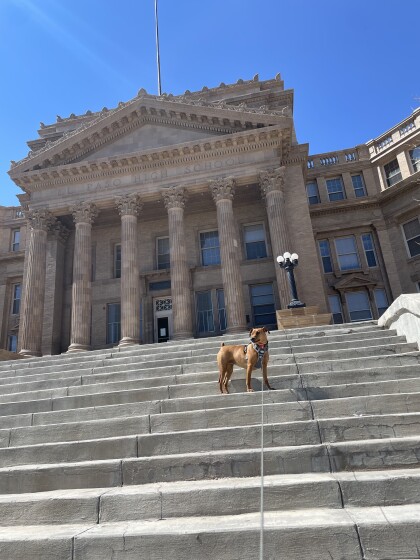

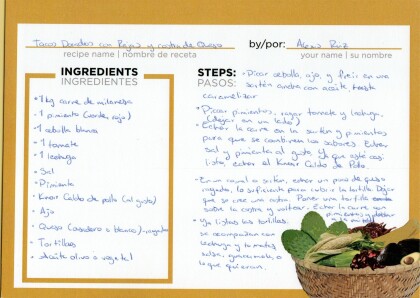
Comentarios
Hacer un comentario